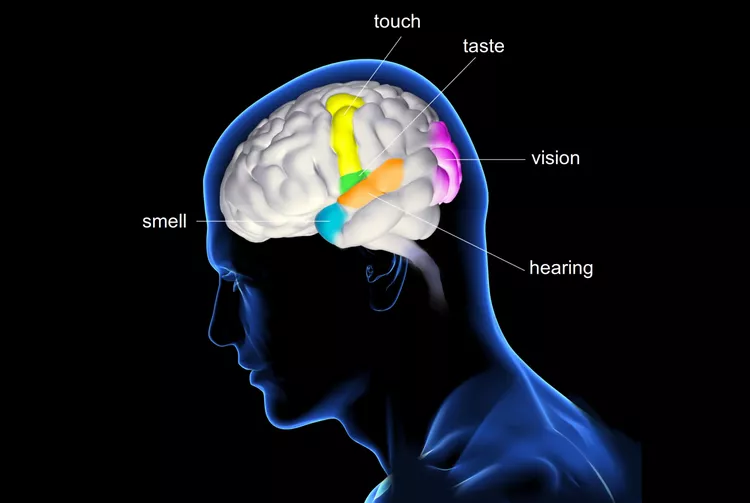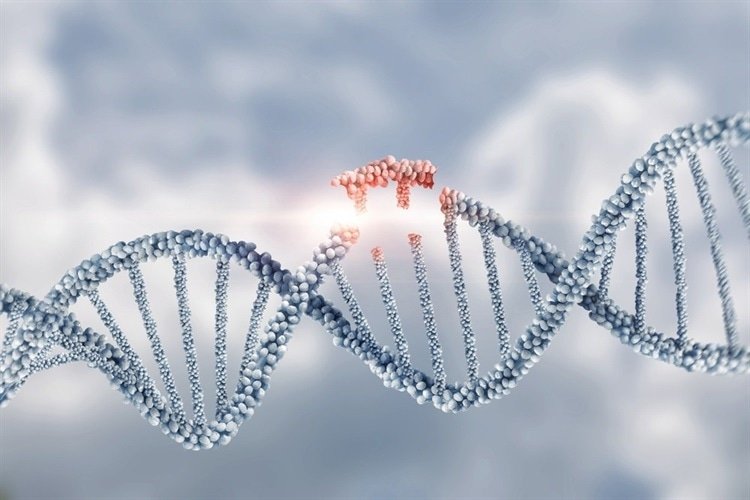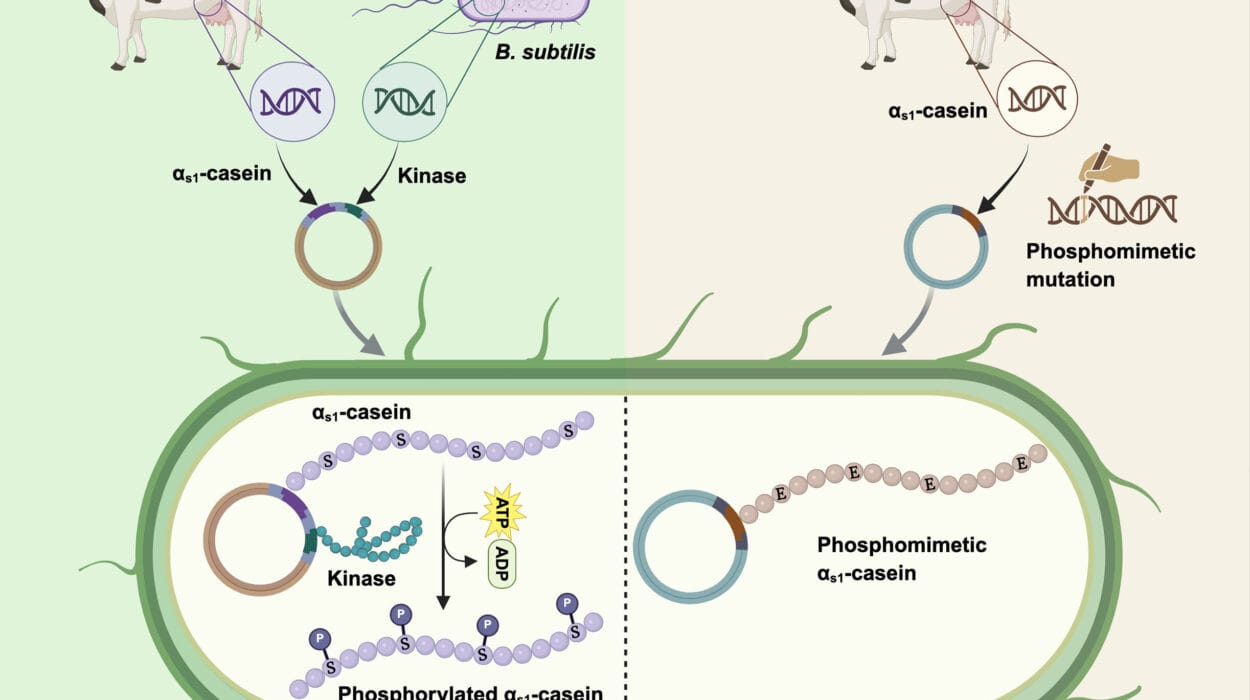Every moment of our lives, we navigate the world through invisible bridges between our body and the universe. These bridges are our senses—sophisticated biological marvels that translate light into vision, sound into hearing, chemicals into taste and smell, and physical interactions into touch. Without them, the world would be silent, colorless, flavorless, and intangible. With them, it bursts into a symphony of experience.
The science of senses is more than biology. It is the study of how we become aware, how we form memories, how we survive, and how we find beauty in everything around us. Our senses do not just tell us what exists—they shape our emotions, guide our decisions, and bind us to one another in ways no machine can replicate. To understand them is to understand what it means to be alive.
Seeing: The Dance of Light and Mind
When we open our eyes, we take in entire landscapes in an instant. Mountains loom, rivers shimmer, stars twinkle millions of light-years away. Yet seeing is not as simple as opening windows to the world—it is a complex collaboration between light, our eyes, and our brain.
Light, made of tiny particles called photons, travels from objects into our eyes. The cornea bends the incoming light, and the lens focuses it onto the retina, a thin layer of tissue at the back of the eye. This retina is not a passive screen—it is alive with specialized cells called photoreceptors.
Rods and cones make up these photoreceptors. Rods thrive in dim light, allowing us to see shapes and movement in darkness, while cones detect color, making sunsets fiery and forests lush. Cones are divided into three types—red, green, and blue—whose combined signals let us perceive millions of hues.
But the retina does not see in isolation. It transforms light into electrical signals, sending them through the optic nerve to the brain’s visual cortex. Here, neurons work like artists painting with electricity, constructing the images we “see.” The brain fills in gaps, adjusts for shadows, and even corrects for the blind spot where the optic nerve exits the eye.
Vision is not just mechanical; it is deeply emotional. Seeing a loved one’s face triggers reward centers in the brain. Art, landscapes, and colors stir memories and feelings. Our eyes can even reflect inner emotions, dilating in awe or narrowing in suspicion.
Hearing: The Music of Vibrations
Sound is invisible, yet it shapes our lives profoundly. A mother’s lullaby, a thunderclap, whispered words of love—these reach us because our ears are exquisitely designed to detect and decode vibrations in the air.
Sound begins when an object vibrates, pushing air molecules into waves. These waves travel to the outer ear, where the pinna funnels them into the ear canal toward the eardrum. The eardrum vibrates, setting three tiny bones—the malleus, incus, and stapes—into motion. Despite their size, these bones are powerful levers that amplify sound, passing it into the cochlea, a spiral-shaped structure in the inner ear.
Inside the cochlea, thousands of hair cells sway like underwater plants in response to fluid waves. These hair cells convert mechanical movement into electrical signals sent to the brain via the auditory nerve. Each cell is tuned to a specific frequency, allowing us to distinguish a whisper from a scream, a cello from a violin.
Hearing is not just detection—it is perception. The brain’s auditory cortex interprets signals into meaningful sounds, recognizing voices, understanding language, and detecting where sounds come from in space. Remarkably, we can pick out a single conversation in a noisy crowd, a phenomenon known as the cocktail party effect, thanks to the brain’s selective attention.
Emotion flows through hearing like a hidden current. Music can soothe pain, trigger nostalgia, or drive people to tears. A single tone can warn of danger or spark joy. Even silence, the absence of sound, can speak volumes to the human heart.
Taste: The Art of Flavor
Every meal we eat is an orchestra of sensations, with taste as its conductor. What seems simple—the sweetness of honey, the bitterness of coffee—is actually a sophisticated chemical detection system that evolved to keep us alive.
Taste begins with the tongue, covered in tiny bumps called papillae, which house clusters of taste buds. Each taste bud contains receptor cells that detect five primary tastes: sweet, sour, salty, bitter, and umami (savory).
Sweetness signals energy-rich sugars. Sourness warns of unripe or spoiled food. Saltiness helps maintain electrolyte balance. Bitterness, often from toxins in plants, alerts us to potential dangers. Umami, discovered later, detects amino acids found in protein-rich foods like meat and cheese.
But taste is never solitary. It is intertwined with smell, touch, and even sight. The aroma of baking bread is detected by olfactory receptors in the nose, dramatically enhancing flavor perception. The crunch of a crisp apple or the creaminess of chocolate adds texture to taste, making eating a multisensory experience.
The brain processes these signals in the gustatory cortex, weaving them into flavors that can comfort or repulse, delight or sadden. Taste is memory-rich—one bite can transport us to childhood kitchens or foreign adventures. It connects culture, tradition, and identity in ways no other sense does.
Smell: The Invisible Guide
Smell is the most ancient of the senses, predating sight and hearing by millions of years in evolutionary history. It is our invisible guide, capable of detecting thousands of chemical compounds and influencing us in ways we often overlook.
When we inhale, odor molecules travel into the nasal cavity, where they bind to receptors on specialized neurons in the olfactory epithelium. These neurons send signals directly to the brain’s olfactory bulb and from there to regions controlling emotion and memory, particularly the amygdala and hippocampus.
This direct connection explains why smells can trigger vivid memories and feelings more powerfully than any other sense. The scent of rain on dry earth, perfume worn by a first love, or the aroma of a holiday meal can instantly transport us to moments long past.
Smell also plays a crucial role in survival. It helps detect danger—smoke from fire, spoiled food, harmful chemicals—and shapes social interactions. Human pheromones, though subtle, may influence attraction and bonding at subconscious levels.
Interestingly, smell works in tandem with taste to create flavor. When a cold blocks nasal passages, food tastes bland because the brain is missing crucial olfactory information. Smell is, in many ways, the hidden architect of our culinary pleasures.
Touch: The Language of Connection
Among the senses, touch is the most intimate. It is the first sense to develop in the womb and the last to fade with age. Through touch, we feel not only the physical world but also the warmth of connection and the sting of pain.
The skin, our largest organ, is embedded with millions of receptors that detect pressure, vibration, temperature, and pain. These receptors send signals through nerves to the spinal cord and brain, where they are interpreted in the somatosensory cortex.
Different parts of the body have varying sensitivity. Fingertips and lips, dense with receptors, can detect microscopic textures, while the back is less sensitive. Specialized nerve fibers even respond to gentle, slow stroking—a sensation linked to emotional bonding, especially between parent and child.
Touch is vital for health and development. Infants deprived of touch can suffer from growth and cognitive delays. In adults, physical contact can lower stress hormones, reduce pain, and strengthen social bonds. A handshake, a hug, or a comforting hand on the shoulder conveys meaning no words can fully capture.
Pain, though unpleasant, is another critical aspect of touch. It alerts us to injury or danger, protecting us from harm. The brain can modulate pain perception, influenced by emotion, expectation, and context—a testament to how touch is intertwined with the mind.
The Symphony of the Senses
Though we often think of the senses as separate, they constantly collaborate. Vision enhances hearing when we read lips. Smell amplifies taste. Touch guides sight when feeling for an object in the dark. The brain integrates sensory data into a seamless experience of reality, a process called multisensory integration.
This integration can lead to remarkable phenomena. In synesthesia, some people naturally blend senses—seeing colors when hearing music or tasting flavors when reading words. Virtual reality technology exploits multisensory processing to immerse users in lifelike digital worlds.
Even perception of time can be influenced by senses. A bright flash may make a sound seem louder, or a delay between touch and visual feedback can distort how long a moment feels. These interactions reveal that our senses are not isolated doors but interconnected windows onto the world.
When Senses Deceive
Despite their sophistication, senses are not flawless. Optical illusions trick the eyes. Auditory illusions make sounds appear different than they are. Certain tastes can be masked or altered by other flavors.
Neurological conditions can profoundly change sensory perception. In blindness or deafness, the brain rewires itself, enhancing remaining senses. Phantom limb syndrome creates sensations in missing body parts. Hallucinations can generate sensory experiences without external stimuli, blurring the line between perception and imagination.
These phenomena demonstrate that what we perceive is not a direct copy of reality. The brain constructs our sensory world, interpreting signals based on context, experience, and expectation. In a way, we live not in raw reality but in a brain-crafted masterpiece shaped by our senses.
The Evolutionary Roots of Sensation
The senses did not appear overnight; they are the result of millions of years of evolution. Primitive organisms sensed light or chemicals to navigate their environments. Over time, these basic abilities refined into the complex sensory organs we have today.
Vision evolved differently across species. Birds see ultraviolet light invisible to humans. Dogs possess fewer color receptors but far superior night vision. Hearing varies too; bats use echolocation, while elephants communicate through low-frequency sounds we cannot hear.
Taste and smell helped early humans find nutritious food and avoid toxins, shaping survival. Touch enabled tool use and social bonding, essential for cooperative societies. Our senses are evolutionary triumphs, adapted to help us thrive in our unique niche on Earth.
The Future of Human Perception
Science and technology are now pushing sensory boundaries beyond natural limits. Bionic eyes are restoring vision to the blind. Cochlear implants allow the deaf to hear. Neuroprosthetics enable touch in artificial limbs, bridging biology and machines.
Researchers are even exploring new senses. Devices can translate infrared light or magnetic fields into signals the brain learns to interpret, effectively giving humans abilities once reserved for other animals. Virtual and augmented reality aim to create entirely new sensory experiences, reshaping entertainment, education, and communication.
As we enhance or alter senses, questions arise: How will this change what it means to be human? Could expanded perception unlock hidden dimensions of reality, or will it blur the line between real and artificial experience? The science of senses is no longer just descriptive—it is becoming transformative.
The Miracle of Being Aware
To have senses is to have a bridge between self and world. Each flicker of light, note of music, hint of perfume, brush of skin, and taste of food is a whisper of existence saying, “You are here. You are alive.”
Science can describe receptors, neural pathways, and brain regions, but it cannot fully capture the subjective wonder of sensation. The first view of the ocean, a loved one’s laugh, the comfort of a warm hand—these are more than biology. They are moments where science and soul meet, where the mechanics of perception transform into meaning.
The science of senses teaches us not only how we perceive but also how precious perception is. Every blink, every touch, every flavor is a miracle shaped by evolution and refined by the mind. In understanding our senses, we glimpse the extraordinary reality that, through them, the universe knows itself.






